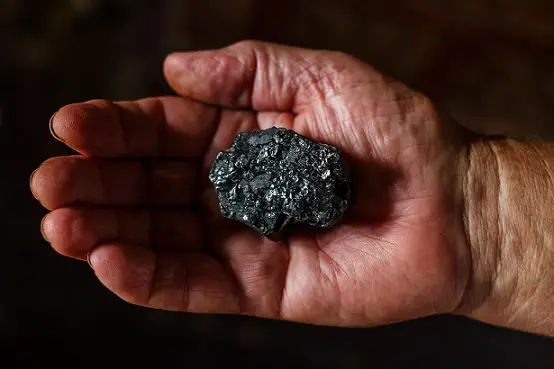On Wednesday, Statistics Finland released data showing that Finnish coal consumption surged 10% in 2022 compared to 2021, due to the country boosting its use in electricity generation and heating.
The second quarter of 2022 registered the biggest increase in consumption, as coal reserves increased by 23% over the same time in the prior year, to 1.49 million tons, and consumption was up over 25% year over year.
The agency pointed out, “The consumption of hard coal as a fuel in the generation of electricity and heat and in manufacturing amounted to 2,015 thousand tons.”
The move toward coal comes despite Finland’s plans to transition to a greener energy infrastructure. In 2018, the country had vowed it would ban all use of coal in its energy sector by 2029. But in 2022, the country had to reopen some of its previously shuttered coal-fired power plants as energy deliveries from Russia gradually diminished.
In May, Russia halted the supply of electricity to Finland, following the nation’s failure to make payments to Russian utility RAO for electricity delivered via the pan-European exchange Nord Pool.
Following the imposition of economic sanctions on Russia over the ongoing military conflict in Ukraine, Moscow demanded Western nations pay the country in rubles for energy deliveries. Finland refused, leading to Moscow declaring its account delinquent and refusing to make further deliveries.
As the fissure with Russia’s energy sector grew and the flow of energy products, from natural gas to electricity subsided, Europe began aggressively seeking out alternative sources of energy. Due to the loss of Russian energy supplies in the period following the invasion of Ukraine, natural gas prices soared, and availability plummeted, just as Europe had to fill its reserve capacity to prepare for a peak demand season in the winter. As a result, European nations saw coal consumption rise to a ten-year high, according to data from the International Energy Agency (IEA), as desperate EU nations reopened their shuttered coal electricity plants as a last resort to ease the strain on their natural gas reserves.
As the largest source of electricity, demand for the fossil fuel skyrocketed in the EU and is expected to continue to soar in the coming years, as Russian energy supplies are expected to remain constrained.
The IEA notes it is expecting EU member states to boost coal production by 2.7 million tons in 2023.

